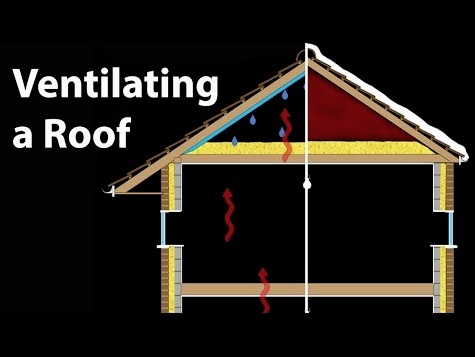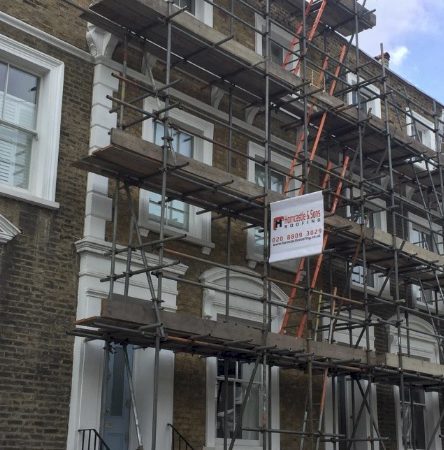Why Loft Space Ventilation is Essential
Proper ventilation in the loft space is crucial for maintaining the health and longevity of your roof. One of the most common indicators of poor ventilation is visible signs of condensation inside your roof, particularly during colder months. You might notice water droplets (often called ‘roof sweating’) or damp patches, which signal moisture buildup.
The Impact of Poor Ventilation
When loft spaces are not adequately ventilated, condensation accumulates, which can shorten the lifespan of roof coverings and insulation. Water vapor in the air creates pressure, and warmer air holds more moisture. While this may seem minor initially, over time it can lead to serious damp problems, timber rot, and even water ingress.
Benefits of Loft Ventilation
Installing proper roof ventilation helps regulate the temperature in your loft space, preventing it from becoming too hot or too cold. This balance reduces moisture buildup and minimizes the risk of condensation. Additionally, better-regulated loft temperatures help stabilize the overall temperature of your property, which can lead to lower energy consumption and reduced energy bills.
Types of Roof Ventilation
There are various types of roof ventilation available to suit different roof designs:
- Tile & Slate Vents– Ideal for pitched roofs with tile or slate coverings.
- Flat Roof Vents– Perfect for modern flat roof designs.
- Through-Wall Extraction Vents– Ensures proper air circulation by extracting damp air.
- Eave Vents– Facilitates airflow from the roof’s edge.
- Ridge Vents– Allows warm, moist air to escape from the roof’s peak.
Get Expert Help for Your Roof Ventilation
If you’re concerned that your roof space isn’t properly ventilated, Horn Castle Roofing can help. We provide professional inspections and expert recommendations to ensure your loft space remains dry, well-ventilated, and energy-efficient.
Contact us today to schedule your loft ventilation assessment!






